
How Account Abstraction Simplifies Crypto Wallets on L1 and L2
Author

Author
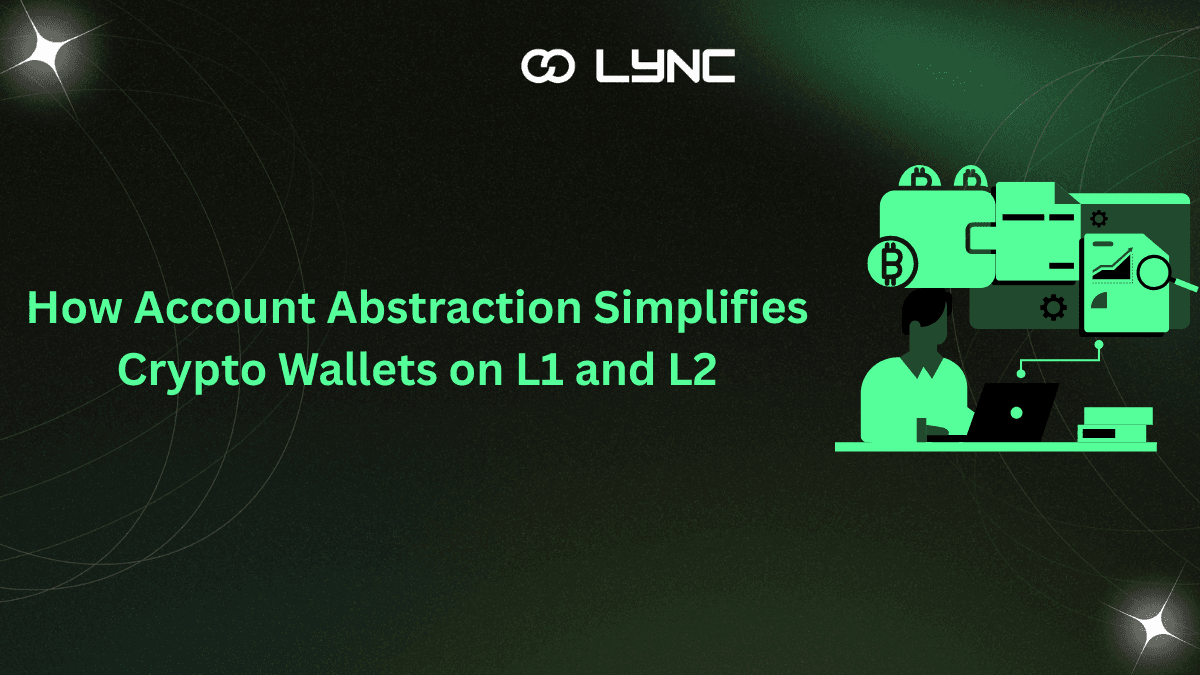
Crypto wallets have long felt like those remote controls with 50 buttons, but you only know what five of them do. While the tech-savvy might enjoy the complexity, most everyday users just want to send, receive, and store crypto without worrying about seed phrases, gas fees, or which blockchain layer they’re on.
That’s where Account Abstraction for L1 and L2 comes into play.
In both Layer 1 (L1) and Layer 2 (L2) blockchains, account abstraction is being hailed as the future of user-friendly Web3. It’s not just a developer buzzword, it’s a game-changer for crypto wallets, and it’s redefining how users interact with decentralized applications (dApps).
From gasless transactions to enhanced wallet security and recovery, account abstraction is making crypto more intuitive, especially when paired with smart systems like LYNC. Let’s take a step back to better understand all this!
Account abstraction is a concept in Ethereum and other blockchain ecosystems where user accounts (externally owned accounts or EOAs) and smart contracts are blended into a single customizable account.
Most traditional crypto wallets, like MetaMask, are controlled by a single private key. That key is like a master password, and if you lose it, there’s no way to get your wallet or funds back.
They also don’t come with extra security features like two-factor authentication. To get that, you’d need to set up a separate, more advanced type of wallet using smart contracts.
With account abstraction, every wallet becomes a programmable smart contract. This means you can add features like:
Think of it as turning your wallet from a basic calculator into a full-fledged smartphone.
A proper understanding of the differences requires a brief explanation of the fundamental components:
Account abstraction is being implemented across both L1 and L2, but the approaches and challenges differ.
On Layer 1
On Ethereum (L1), the ERC-4337 standard was introduced in 2023 to enable account abstraction without requiring changes to the Ethereum protocol itself. It introduces a new concept called UserOperation, which allows users to send transactions to a decentralized “bundler”. This is a system that gathers and processes these requests, kind of like how a delivery service picks up and organizes packages before they’re shipped out on the blockchain.
According to Ethereum Foundation, ERC-4337 is now live on mainnet and enables features like:
On Layer 2
Layer 2s are generally more nimble and flexible than Layer 1s. Projects like zkSync Era, Starknet, and Arbitrum are embedding account abstraction directly at the protocol level. This makes using apps on these networks much easier and smoother, without having to deal with overly complicated steps.
For example:
Then there’s LYNC, an autonomous AI and Web3 Layer that pushes abstraction even further by building on top of both L1s and L2s with a user-first, abstraction-centric approach.
At LYNC, we are convinced that account abstraction is the solution to mass adoption of Web3. Hence, we’re establishing a robust AI and Web3 layer that’s optimised to make user experiences easy and scale both on Layer 1 and Layer 2 setups.
Our platform removes the complexity of blockchain development by offering a unified, no-code environment. Developers can launch smart wallets, deploy dApps, and tokenize assets without needing to write or manage smart contract code, reducing build time by up to 90%. As a business, a developer, or a founder, LYNC enables you to build next-generation Web3 experiences fueled by abstraction, automation, and AI, all from a single unified stack.
So how does account abstraction actually help in real life? Here are a few simple scenarios:
These are just a few ways account abstraction is turning Web3 from a complex frontier into a familiar, user-friendly space. Platforms like LYNC are making it possible.
With the development of Ethereum and its scaling layers, account abstraction is not a developer-centric feature anymore. It’s turning out to be a key building block to mass adoption. Those seed phrase management days, dealing with complex interfaces, or shelling out exorbitant gas fees are soon going to be in the past.
The next billion users entering Web3 won’t want to deal with blockchain jargon or clunky wallet setups. With account abstraction, they won’t have to.
Instead, they’ll be able to:
Platforms like LYNC are leading the way to easy transactions. Developers and users alike can now expect a Web3 experience that feels as seamless as using a mobile banking app or social media platform. The infrastructure is here. The tools are ready. Now, the focus is on designing for people, not just protocols.
Account abstraction for L1 and L2 is more than a technical upgrade, it’s a UX revolution. As protocols like Ethereum adopt ERC-4337 and L2s integrate native abstraction, the Web3 onboarding experience finally begins to match Web2.
And with tools like LYNC heading the charge, developers and startups can craft elegant wallet experiences that meet users where they are.
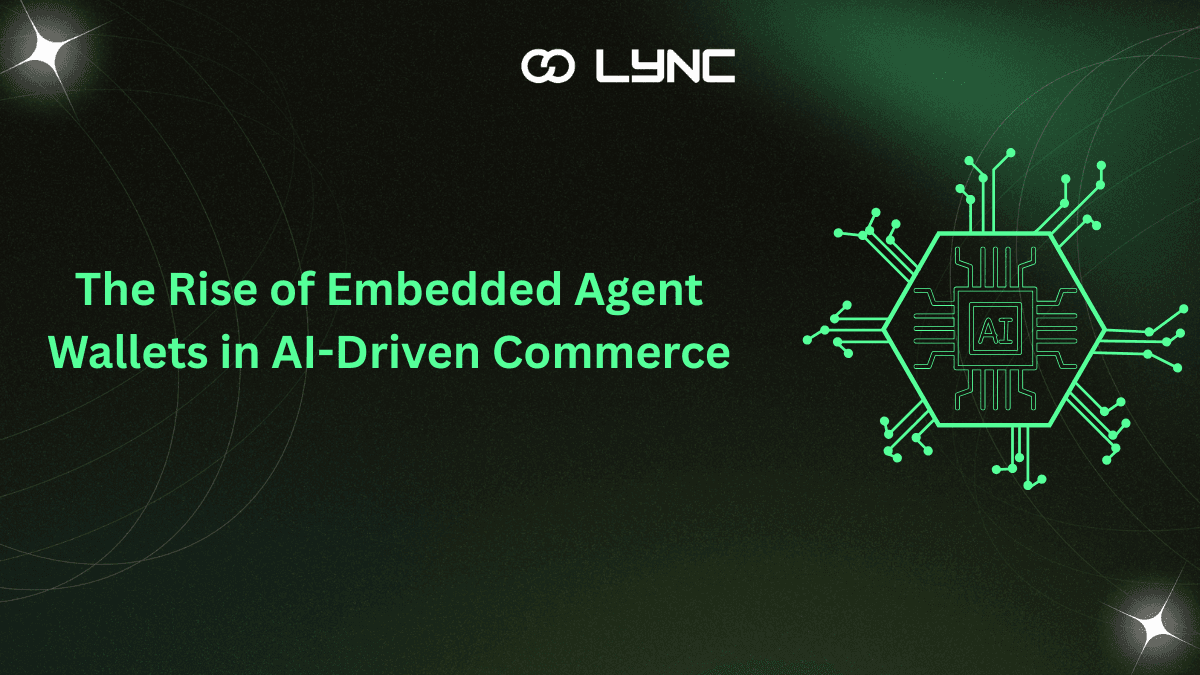
July 29, 2025
Imagine shopping online without logging in, scanning a QR code, or worrying about payments. You click “buy,” and an intelligent, invisible AI handles everything seamlessly, processing the transaction and storing your receipt. That’s the promise of Embedded Agent Wallets. These...
Author

July 28, 2025
Crypto wallets have long felt like those remote controls with 50 buttons, but you only know what five of them do. While the tech-savvy might enjoy the complexity, most everyday users just want to send, receive, and store crypto without...
Author
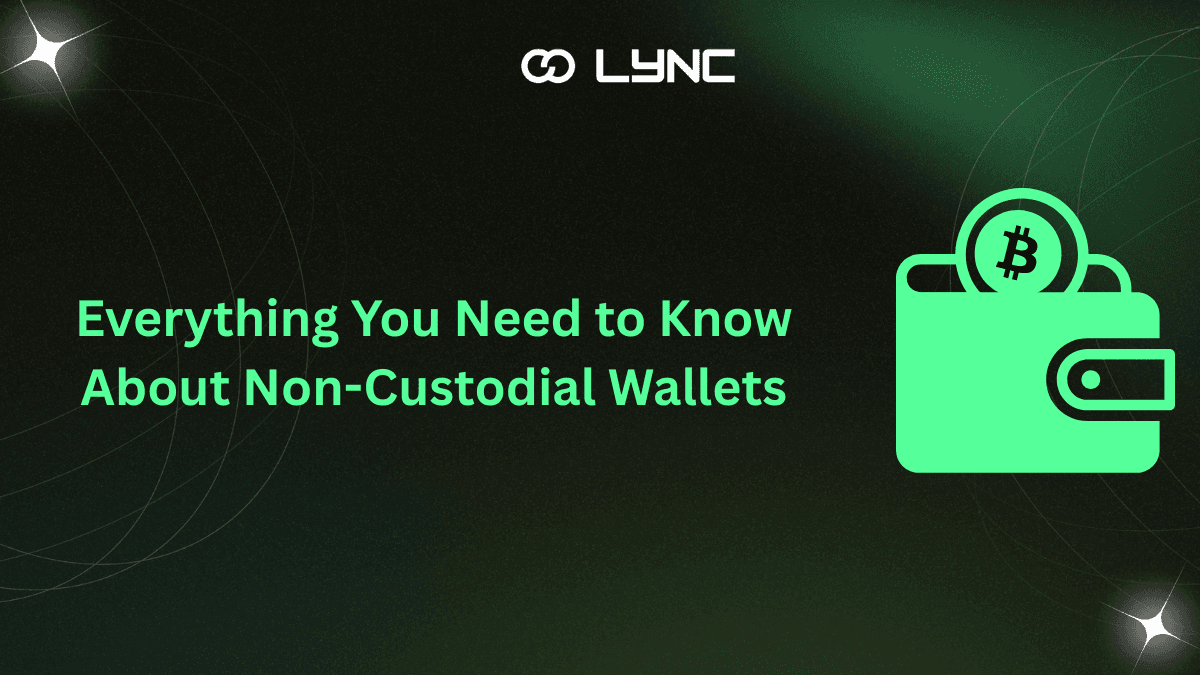
July 25, 2025
Web3 is all about putting control back in your hands and non-custodial wallets are a great place to start. These special wallets give you full control over your digital assets, without relying on banks, exchanges, or middlemen. If you’ve heard...
Author

July 24, 2025
As Web3 continues to evolve, blockchain networks like Aptos are gaining momentum for their speed, scalability, and developer-friendly design. Yet one major hurdle still stands in the way of mass adoption: gas fees. Whether you’re minting an NFT, sending tokens...
Author
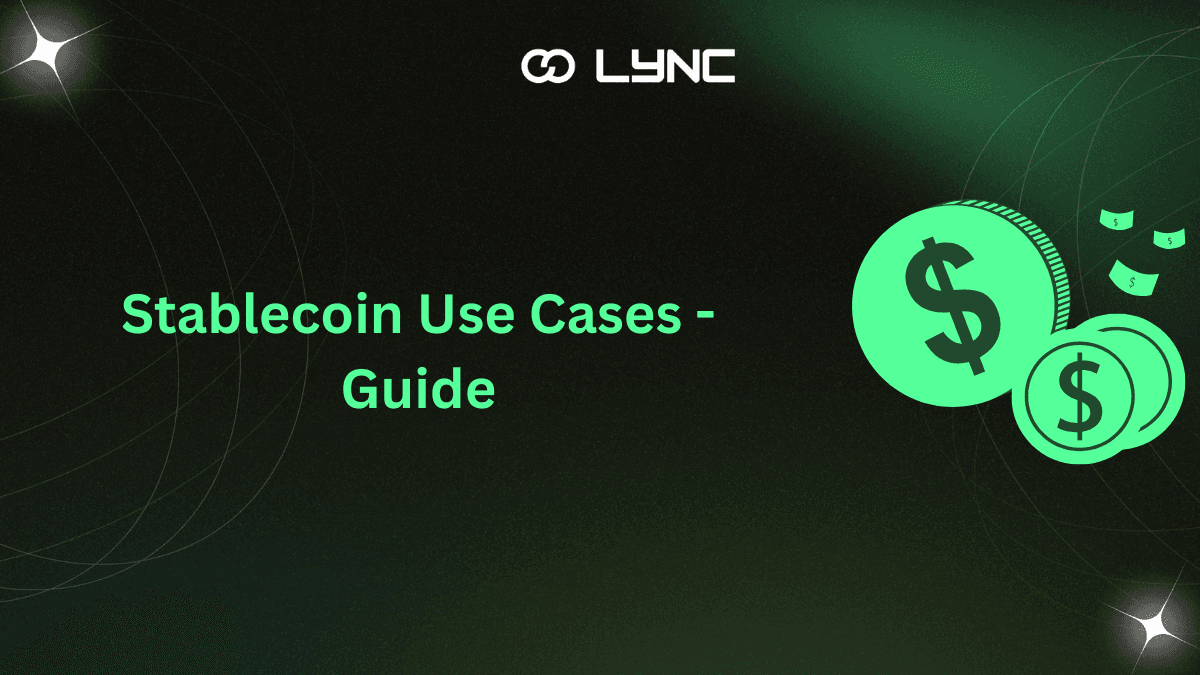
July 23, 2025
Sending money across borders isn’t as simple as it sounds. Your local bank can’t just send funds directly to someone in Korea. It has to go through a chain of other banks, called correspondent banks, to get there. Each bank...
Author
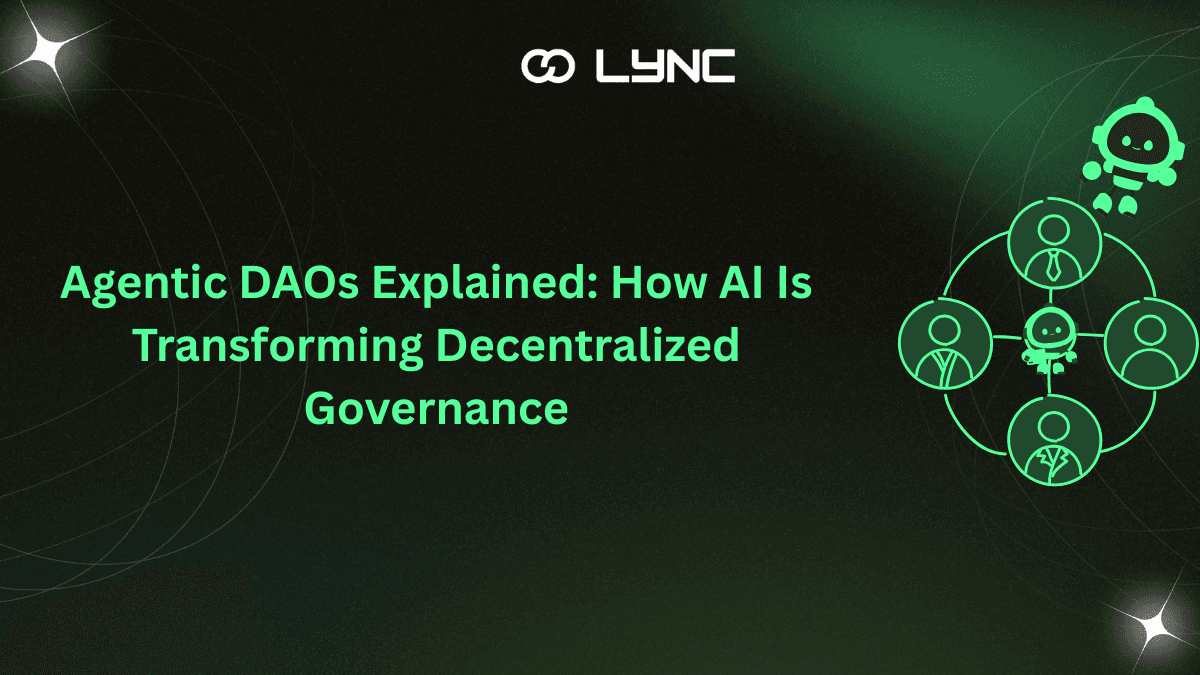
July 22, 2025
Web3 is changing fast, and one of the most fascinating new developments is the rise of Agentic DAOs. These are decentralized organizations where AI agents help run the show. Unlike traditional DAOs, where decisions rely solely on the votes of...
Author
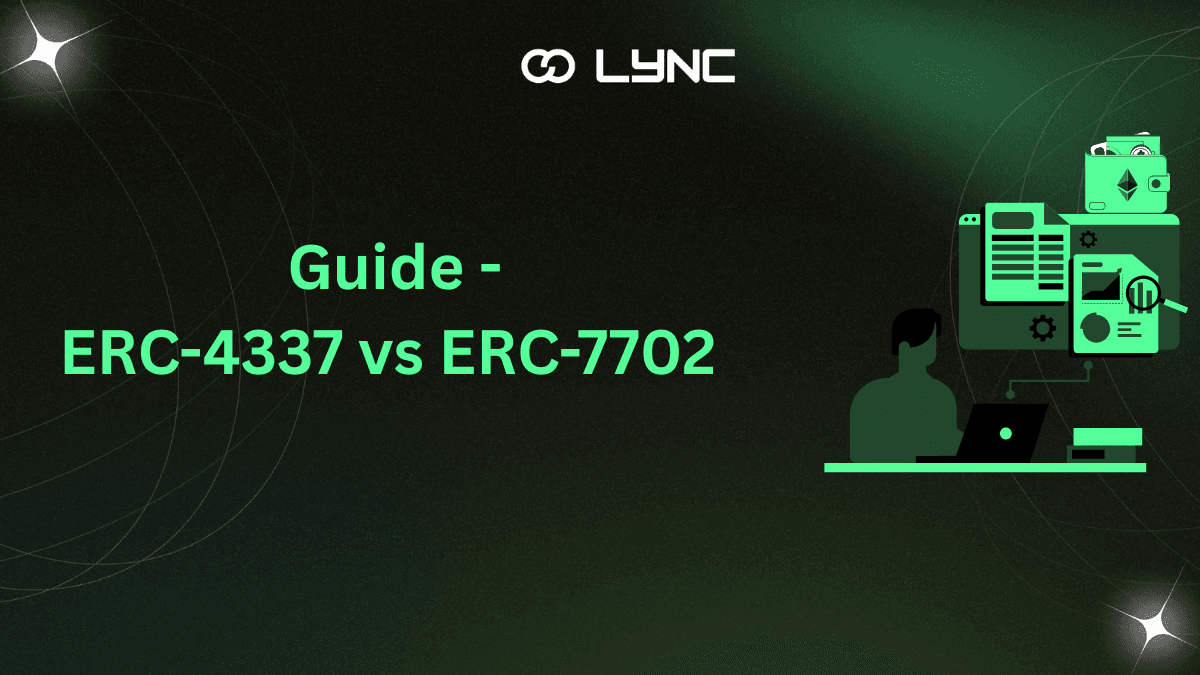
July 21, 2025
Ethereum is evolving fast, and two important updates leading the way are ERC-4337 and ERC-7702. These new standards are changing how wallets work, making them smarter, more secure, and easier to use. ERC-4337 is already live, powering smart wallets with...
Author

July 18, 2025
If you have ever used a crypto wallet before, you might have an idea of how tricky it could be, particularly if you are still not used to the cryptospace. But there’s some good news. There’s a new Ethereum standard...
Author
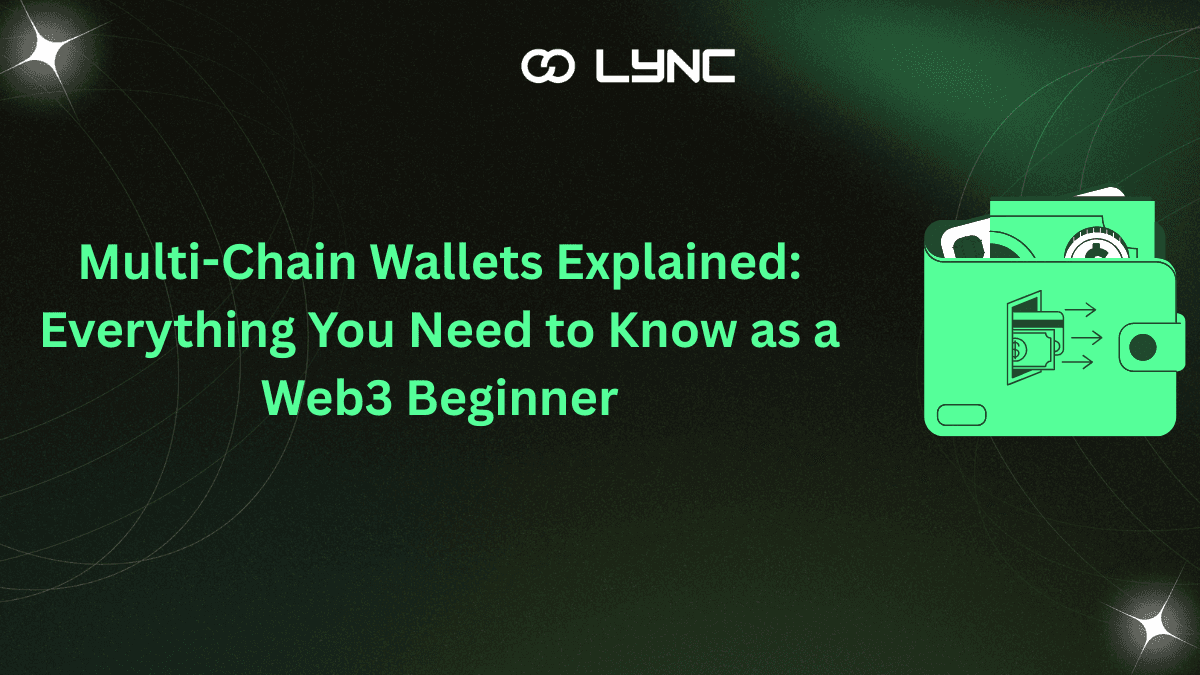
July 17, 2025
If you’re stepping into the world of crypto, there’s a good chance you’ve come across more than just Bitcoin and Ethereum. From Polygon to Solana, Avalanche to zkSync, the blockchain universe is expanding at lightspeed. With it, a simple question...
Author
Unlock special content and connect with others.
Join our community today!




